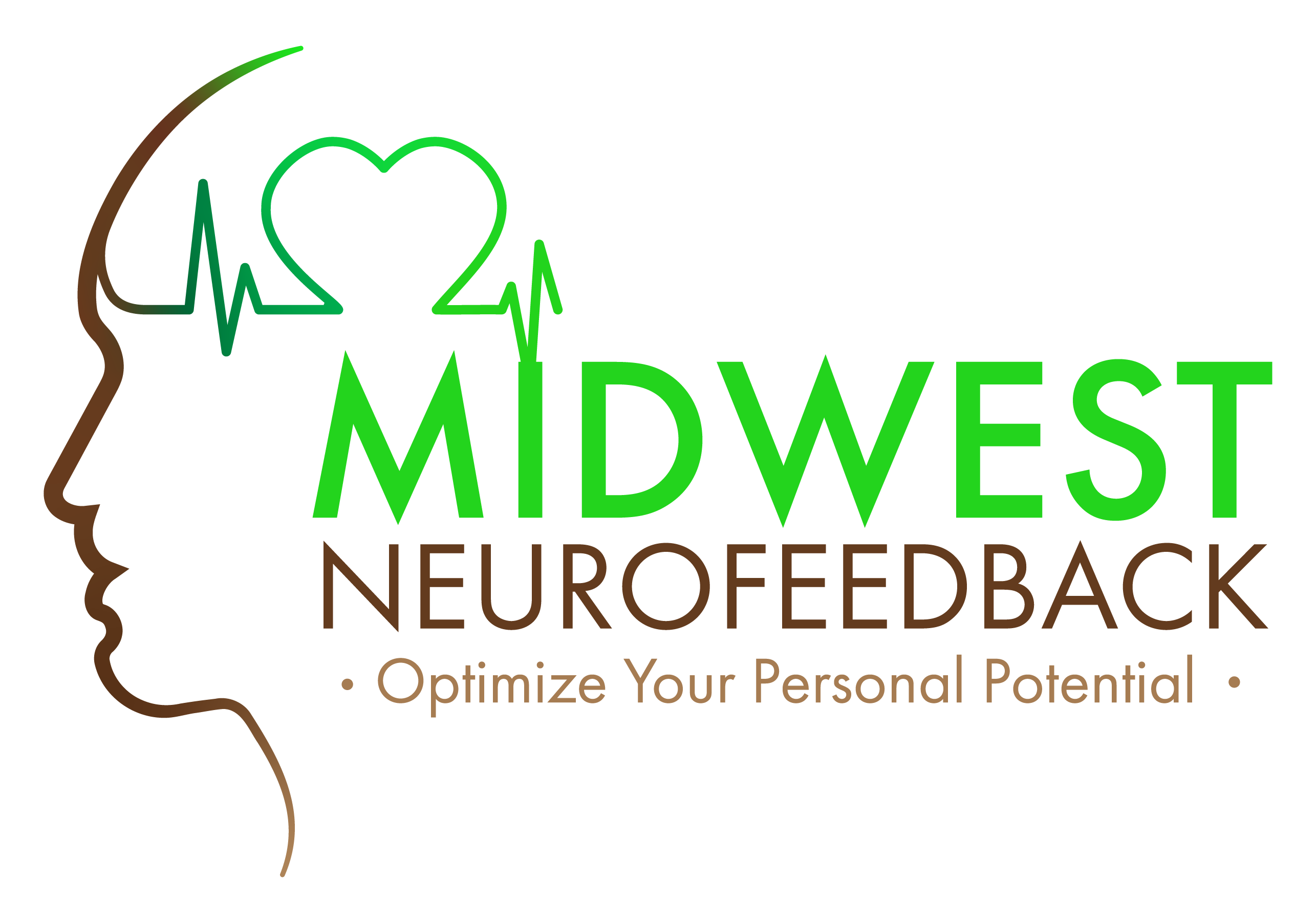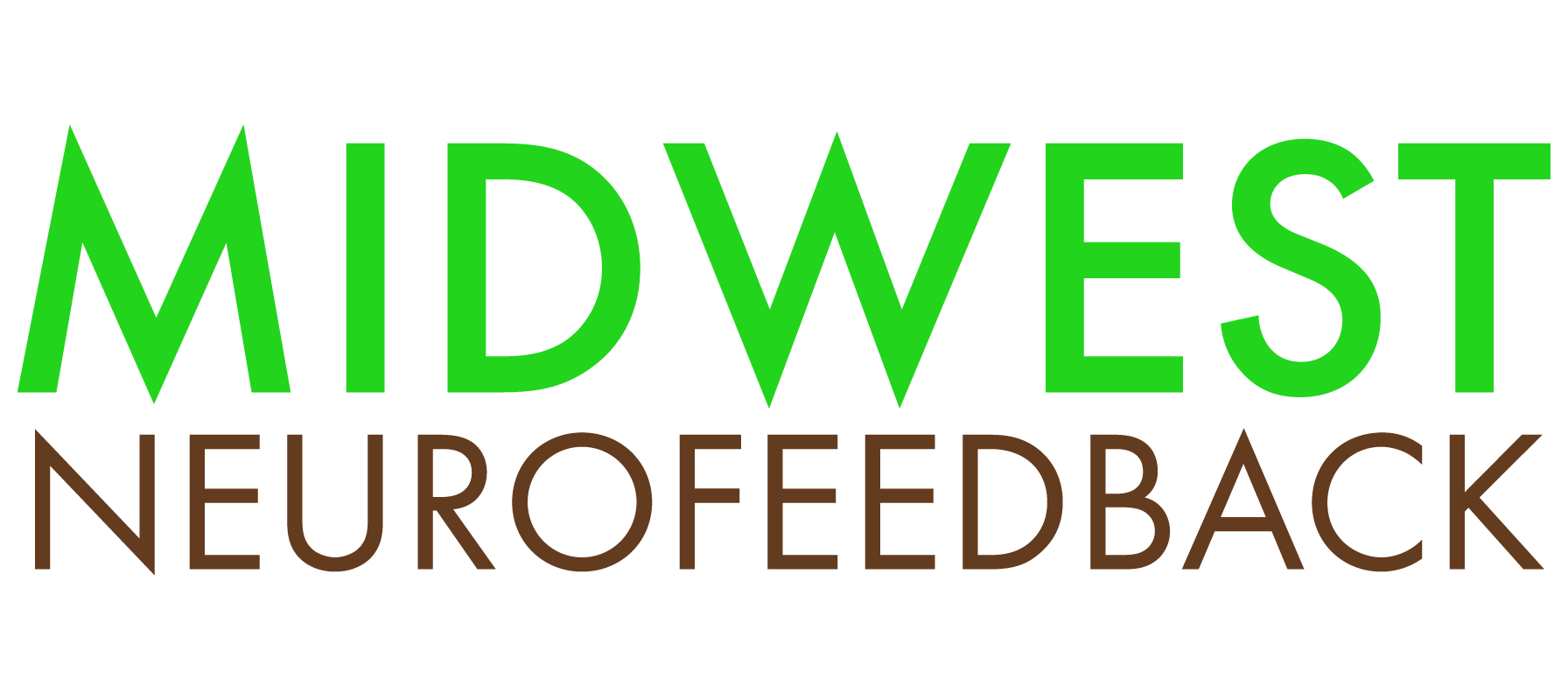Neurofeedback falls into the general domain of biofeedback, in which physiological cues are used as feedback to change and normalize certain regulatory functions.
The common element among the vast majority of people who benefit from biofeedback is a nervous system in need of change. Neurofeedback is a specialized kind of biofeedback, in which physiological cues from the brain (brainwaves) are used as feedback to improve brain function. Neurofeedback provides instantaneous (real time) information about brain functioning along with continuous cues about how to make adjustments toward improved functioning. Consistent with current findings in the field of neuroscience, the brain is capable of enormous change or plasticity and is able to utilize feedback to re-regulate itself. Numerous studies from around the world have demonstrated the effectiveness of neurofeedback in treating a variety of conditions and in enhancing abilities. A comprehensive bibliography on the research on neurofeedback can be obtained at www.isnr.org.
EEG training is a learning process, and therefore results are usually seen gradually. For most conditions, initial progress can be seen within a few sessions.
Though improvement is widely noted, no representation is made that any individual will achieve all their goals. You are encouraged to evaluate your progress after ten to fifteen sessions to determine if further training is indicated. Discussion is invited and encouraged at this point or at any time during the training. The goal is to complete enough training to ensure consistent and lasting benefits. After more than 40 years of research and clinical use, no known lasting adverse affects have been reported in the literature.
Although neurofeedback, psychotherapy and medication can be used together, neurofeedback training may affect your body’s response to medication. Many report that the need for medication is often reduced or eliminated when neurofeedback is added to the treatment plan. You should not, however, stop or alter taking your medications without first consulting your physician. It is your responsibility to inform your healthcare providers, including us, of any changes from the neurofeedback trainings.
Below is a list of different types of Neurofeedback:
SMR (Traditional) Neurofeedback
SMR (Traditional) Neurofeedback, also called Brainwave Biofeedback or EEG Biofeedback, is a learning process that enables you to alter and control your brainwaves.
Alpha/Theta Neurofeedback (A/T)
A/T is deep state neurofeedback and is usually performed with eyes closed. It is frequently used with deep change psychotherapoy, addictions, and peak performance.
HPN Ultra Low Power Neurofeedback
HPN Ultra Low Power Neurofeedback is a type of brainwave based biofeedback that has shown promise of clinical effectiveness with most symptoms in addressing the symptoms associated with Traumatic Brain Injury (TBI), Post-Concussive Syndrome, Post-Traumatic Stress Disorder (PTSD), Anxiety, Depression, “brain-fog,” and attention deficit disorders.
Hemoencephalography (HEG)
Hemoencephalography (HEG) is a type of neurofeedback that uses blood flow as the feedback mechanism rather than brainwave activity.
Interactive Metronome® (IM)
Interactive Metronome® (IM) is a therapeutic assessment and training program that improves attention, concentration, motor planning and sequencing.
Beta Reset
Beta Reset is also a neurofeedback intervention process utilizing EEG neurofeedback technology.
Coherence Training
Rather than focusing on amplitude training at specific brain sites as is done with traditional neurofeedback, coherence training concerns itself with the communication between sites or with different neurological regions in the brain.
QEEG
Quantitative EEG – is a real time measure of electrical activity of the brain. Sensors are placed on the scalp at standard placement sites. These sensors detect the electrical activity on the surface of the brain below.



